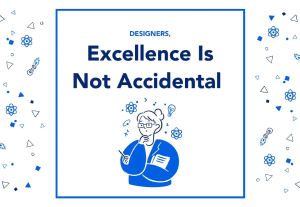- Behavioral Science, Design, Design Theory, Human factors, Psychology and Human Behavior, UX Magazine
What if we designed anything with relationships in mind?
Article by Fabian Pfortmuller
The Rise of Relational Design
- The author believes that putting relationships first should be a common practice in every part of human activity.
- The author sees a relational design as something we can anticipate in the nearest future. It can be applied in many cases – from designing cities to building any type of organization or system.
- Relational design isn’t new in any way – the fact they are old makes them this powerful. With relationships in mind, we can start designing a new future.
Share:The Rise of Relational Design
Share this link
- January 11, 2023
3 min read







